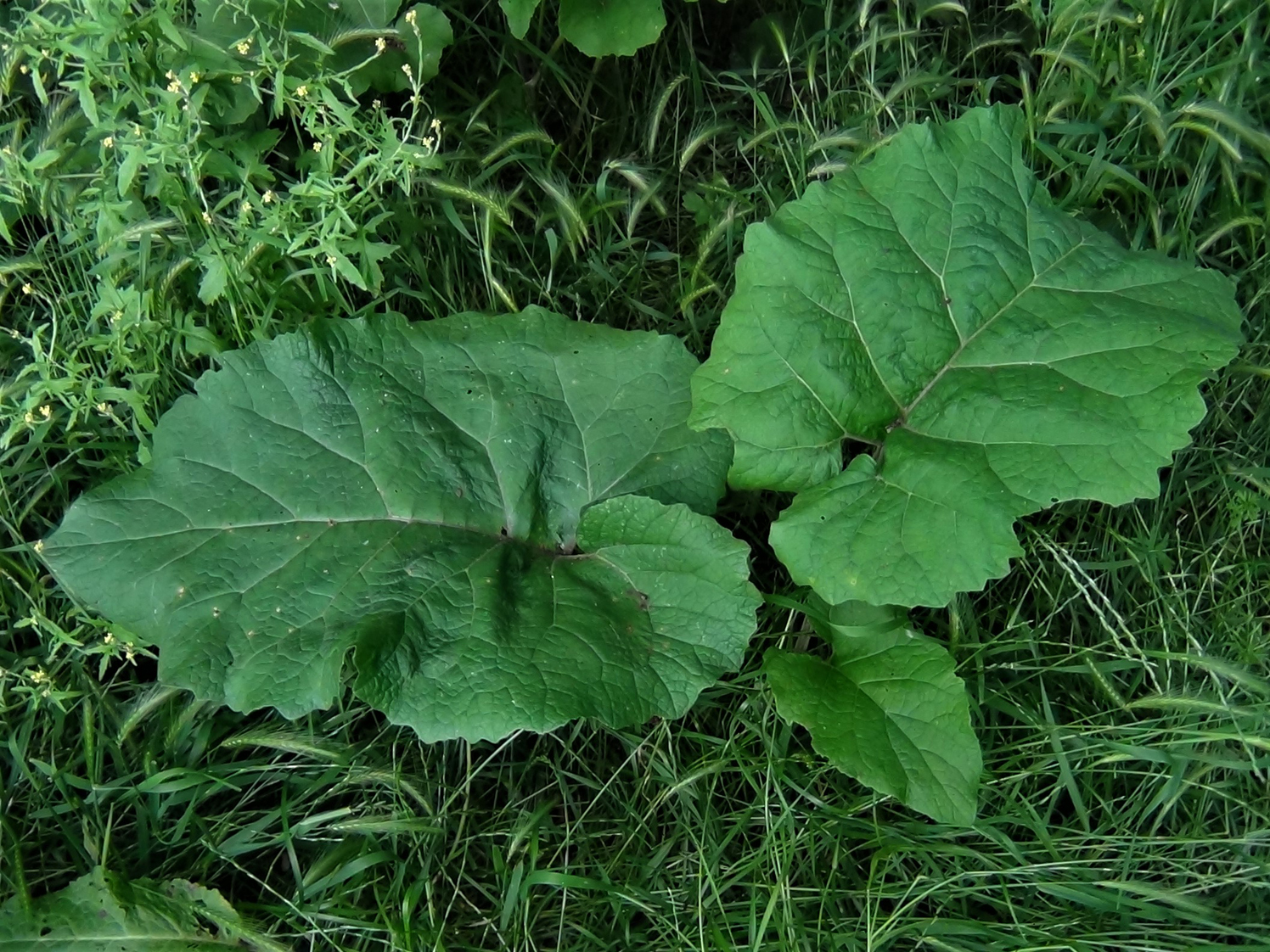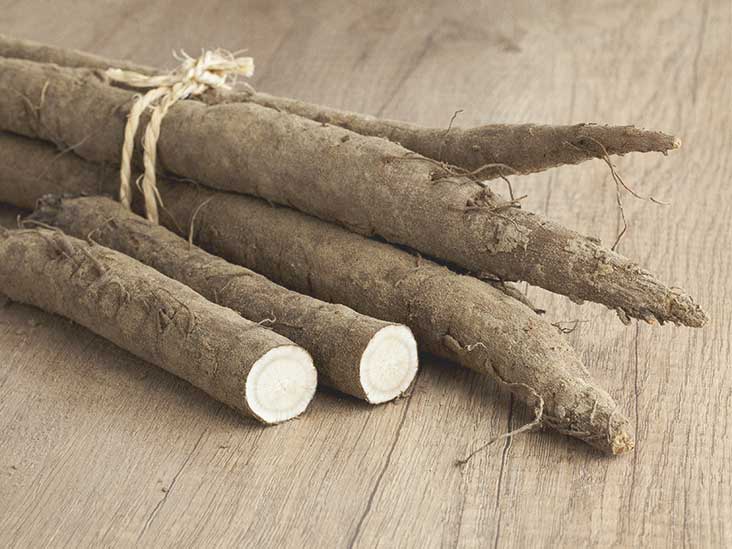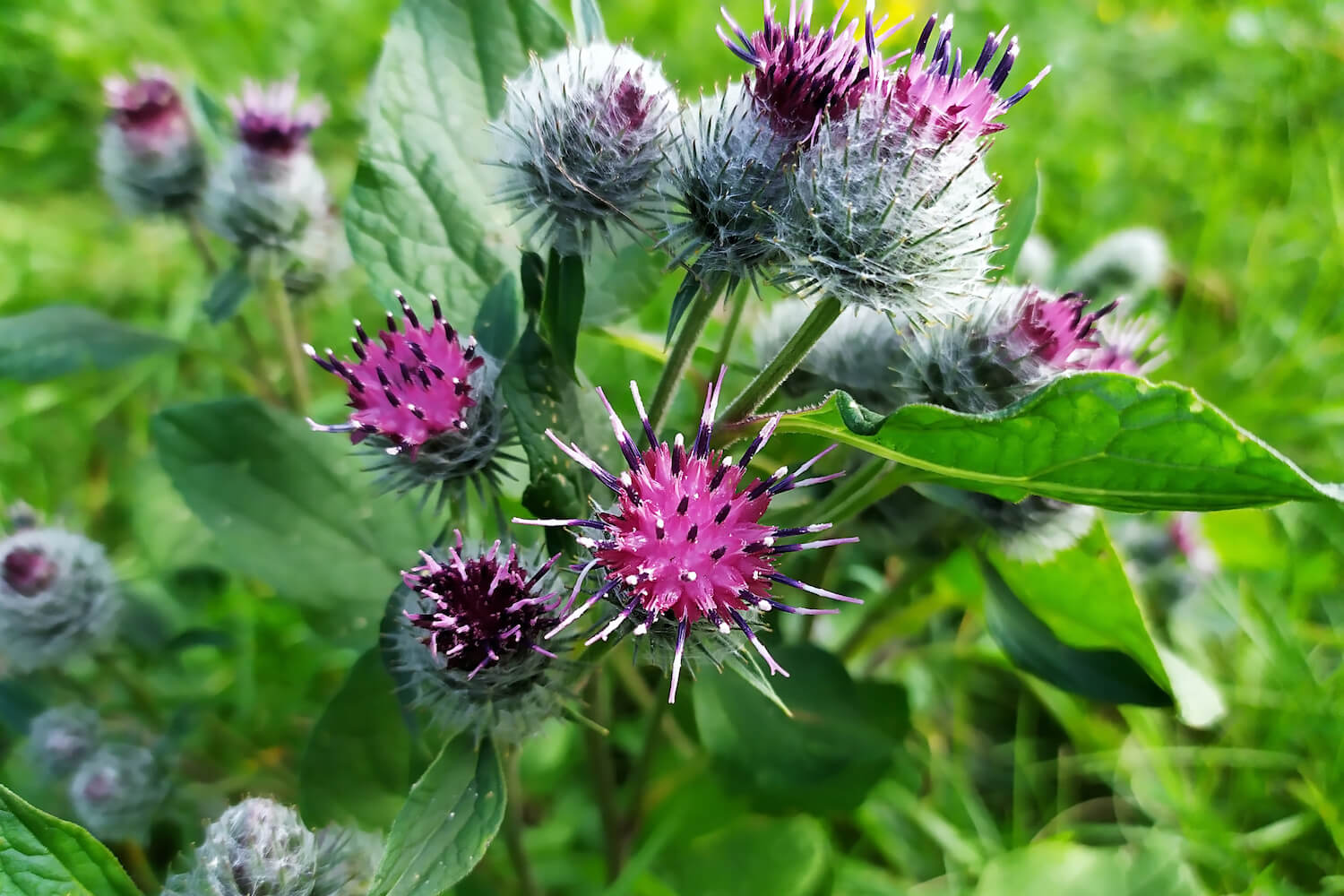Burdock Weed: The Invasive Weed That's Also A Superfood
Title: Burdock Weed: The Invasive Weed That's Also a Superfood
Introduction:
Burdock weed is a common sight in many parts of the world. It's a hardy plant that can grow in a variety of conditions, and it's often considered to be a nuisance. However, burdock weed is also a superfood, and it has a long history of medicinal use.
In this blog post, we'll take a closer look at burdock weed. We'll discuss its nutritional value, its medicinal properties, and how to use it in your diet.
Main Content:
- Nutritional Value
Burdock weed is a nutrient-rich plant. It's a good source of vitamins, minerals, and fiber. Here is a breakdown of the nutritional value of burdock weed:
Vitamins: Burdock weed is a good source of vitamins A, C, and K. It also contains smaller amounts of other vitamins, including B1, B2, B3, and B6.
Minerals: Burdock weed is a good source of minerals, including potassium, magnesium, calcium, iron, and zinc.
Fiber: Burdock weed is a good source of fiber, which can help to regulate digestion and promote gut health.
Medicinal Properties
Burdock weed has a long history of medicinal use. It's been used to treat a variety of conditions, including skin problems, inflammation, and high blood pressure.
Here are some of the medicinal properties of burdock weed:
Anti-inflammatory: Burdock weed contains compounds that have anti-inflammatory properties. This makes it a good choice for people who suffer from chronic inflammation.
Antioxidant: Burdock weed is a good source of antioxidants. Antioxidants can help to protect the body against damage from free radicals.
Blood-sugar regulating: Burdock weed can help to regulate blood sugar levels. This makes it a good choice for people who have diabetes or prediabetes.
Skin-healing: Burdock weed can help to heal skin problems, such as eczema and psoriasis.
How to Use Burdock Weed
There are a few different ways to use burdock weed. You can eat the leaves, roots, and seeds. You can also make tea from the leaves or roots.
Here are some tips for using burdock weed:
- Cook the leaves before eating them. The leaves can be cooked like any other leafy green vegetable.
- Dry the roots or seeds before using them. You can grind the dried roots or seeds into a powder and use them in capsules or smoothies.
- Make tea from the leaves or roots. To make tea, simply steep the leaves or roots in hot water for a few minutes.
Conclusion:
Burdock weed is a nutrient-rich plant with a long history of medicinal use. It can be eaten, brewed into tea, or used as a topical treatment. If you're looking for a natural way to improve your health, burdock weed is a good option to consider.
If you're interested in learning more about burdock weed, I recommend visiting Garden Wiki. This website has a wealth of information about burdock, including its history, uses, and medicinal properties. You can also find recipes for using burdock in cooking and herbal remedies.
FAQ of burdock weed
- What is burdock weed?
Burdock weed is a tall, leafy plant with large, burr-covered seed heads. It is native to Europe and Asia, but has been introduced to other parts of the world, including North America. Burdock weed is considered a weed because it can be invasive and difficult to control.
- Is burdock weed edible?
Yes, burdock weed is edible. The roots, leaves, and stems can all be eaten. The roots are the most commonly eaten part of the plant, and they can be cooked or used to make tea. The leaves and stems can be eaten raw or cooked.
- What are the health benefits of burdock weed?
Burdock weed has a number of potential health benefits. It is a good source of vitamins and minerals, including potassium, calcium, and magnesium. It also contains antioxidants, which can help protect the body against damage from free radicals. Burdock weed has been shown to have anti-inflammatory, antibacterial, and antiviral properties. It may also help to lower blood sugar levels and reduce cholesterol levels.
- How can I control burdock weed?
There are a number of ways to control burdock weed. One way is to pull the plants by hand. This is the most effective way to control burdock weed, but it can be time-consuming and difficult. Another way to control burdock weed is to use herbicides. However, herbicides can be harmful to the environment, so they should be used only as a last resort.
What are some fun facts about burdock weed?
The hook-tipped spines of burdock weed's seed heads can attach to fur and clothing, which is how the plant disperses its seeds.
Burdock weed is a common ingredient in root beer.
In some cultures, burdock weed is used to make a tea that is said to have medicinal properties.
Image of burdock weed
- Image 1: A close-up of a burdock leaf, showing its triangular shape and dark green color.

- Image 2: A whole burdock plant, showing its tall, erect stem and large, lobed leaves.
- Image 3: A cluster of burdock seeds, showing their hooked barbs.

- Image 4: A burdock flower, showing its white petals and yellow center.

- Image 5: A burdock root, showing its thick, gnarled appearance.

- Image 6: A burdock plant growing in a field.
- Image 7: A burdock plant growing in a garden.

- Image 8: A burdock plant being harvested for its roots.

- Image 9: A burdock root being prepared for cooking.

- Image 10: A burdock root being eaten.


Post a Comment for "Burdock Weed: The Invasive Weed That's Also A Superfood"